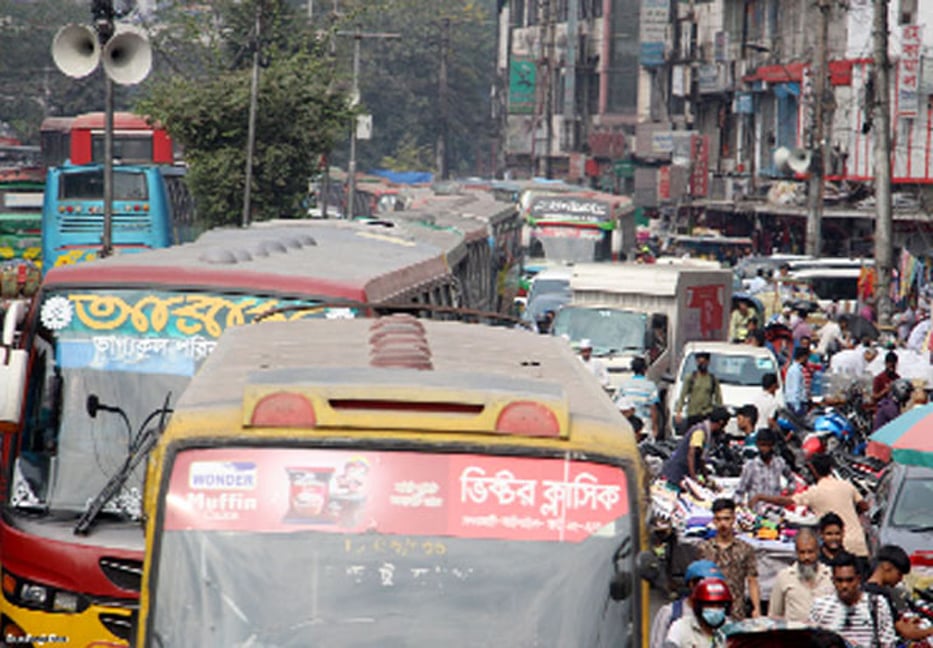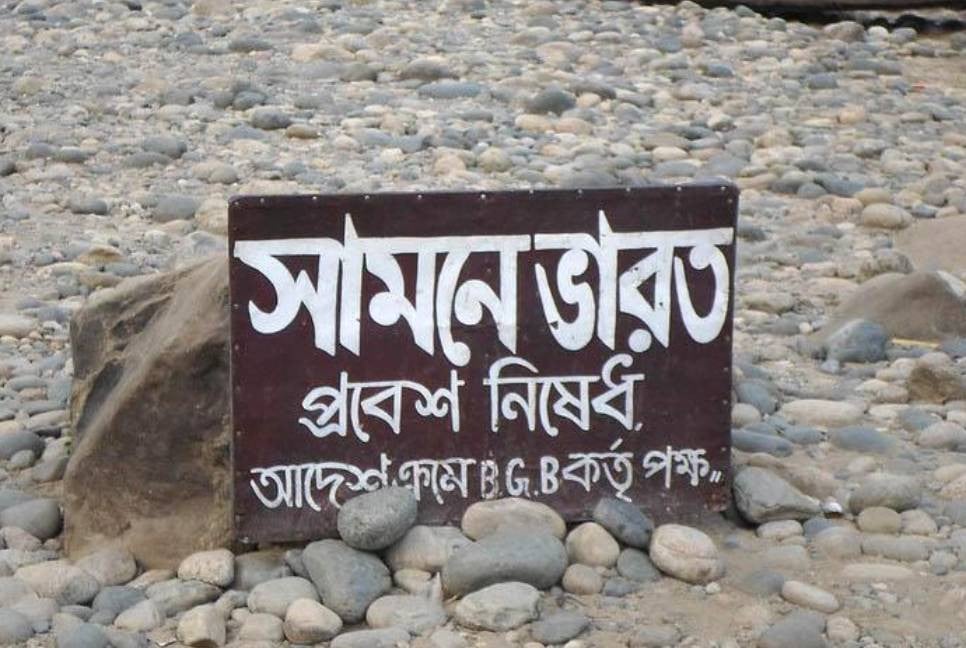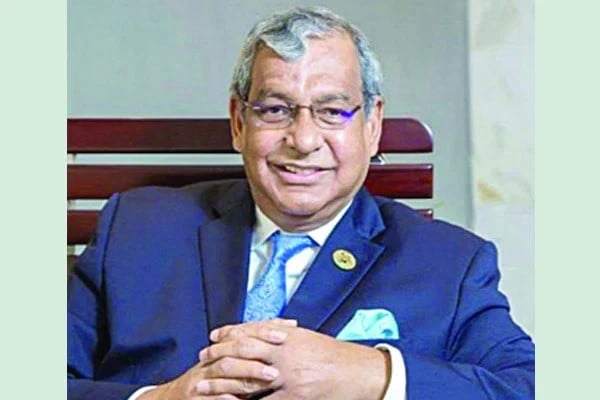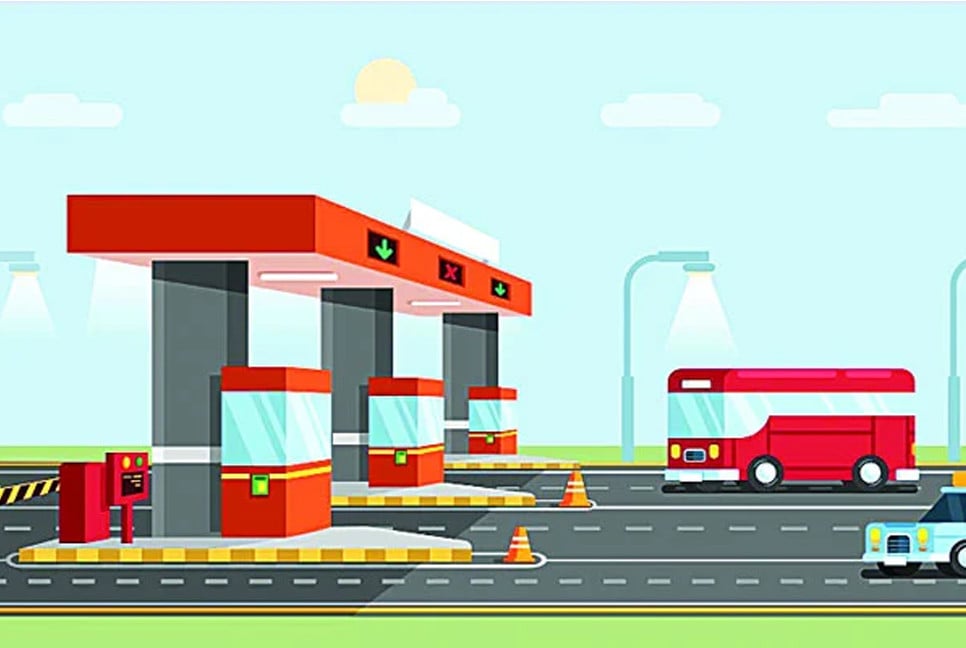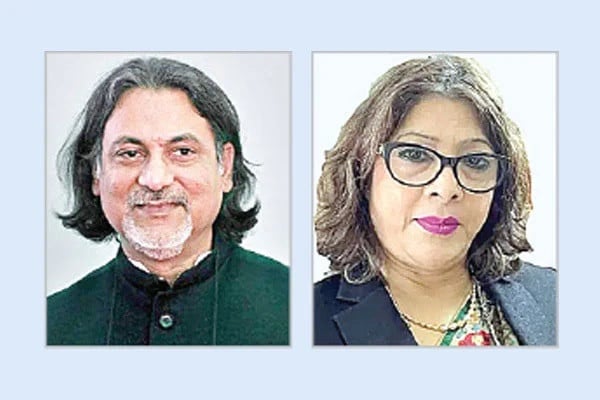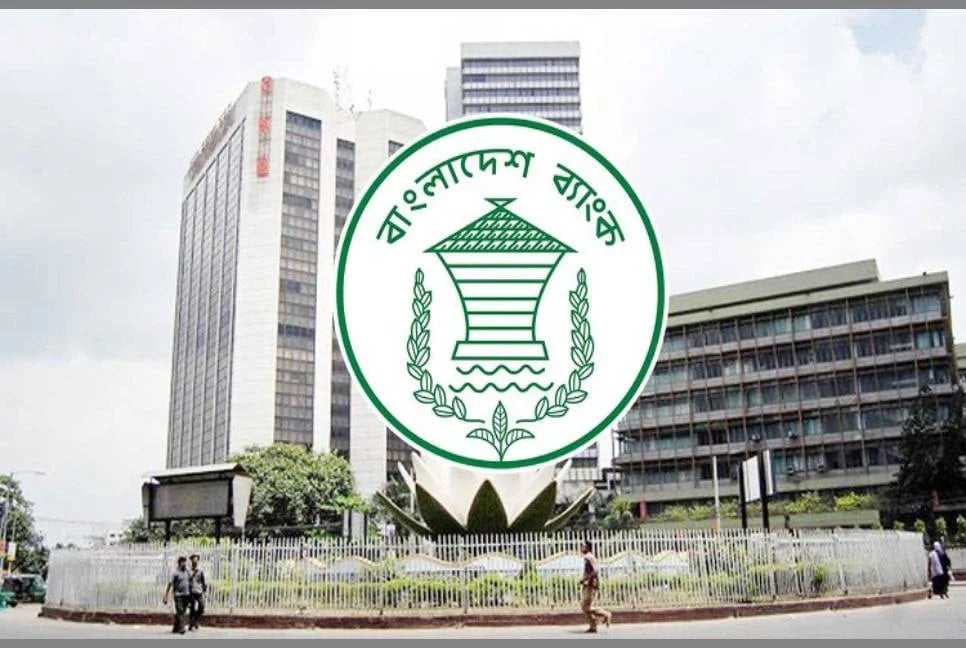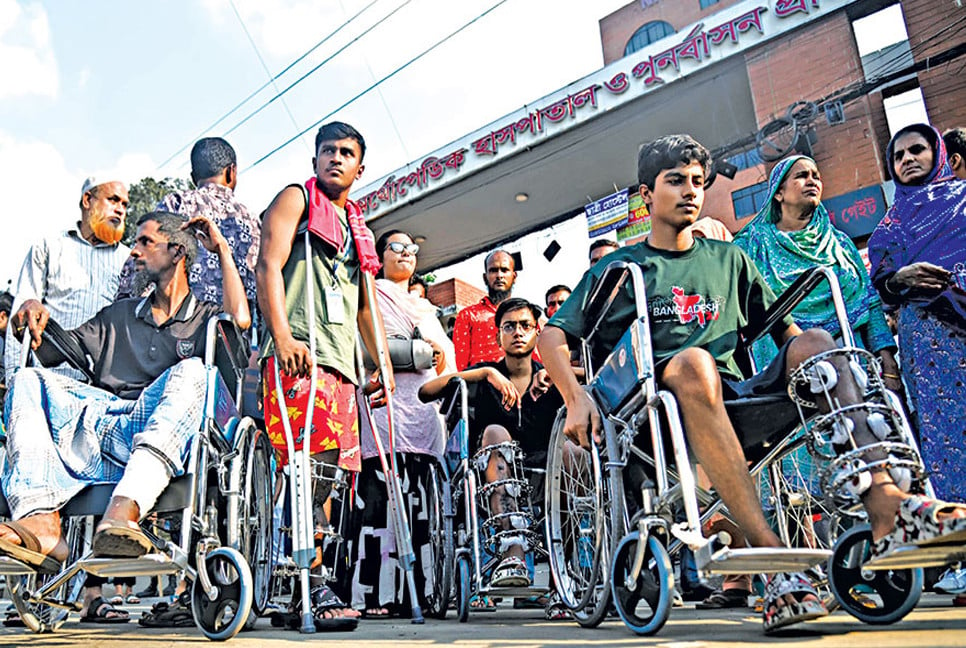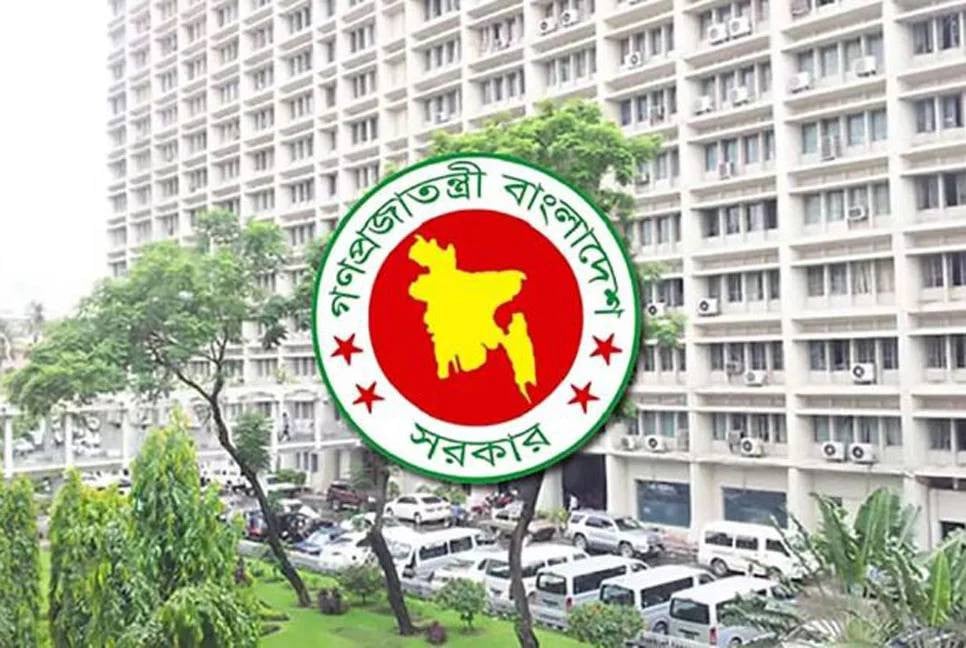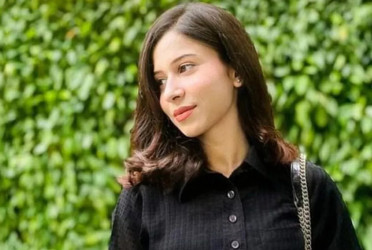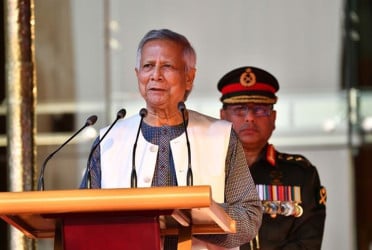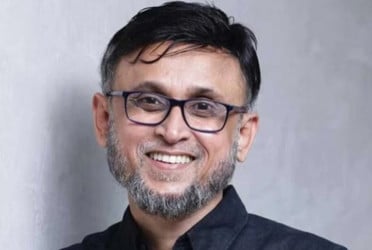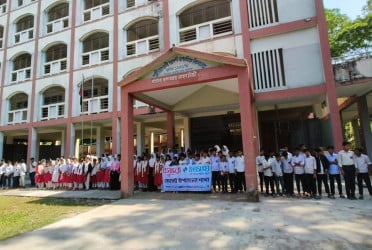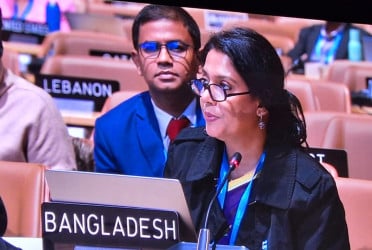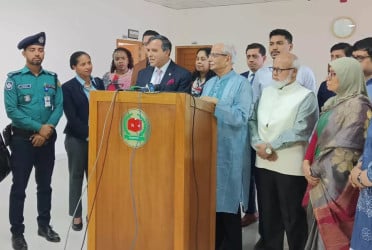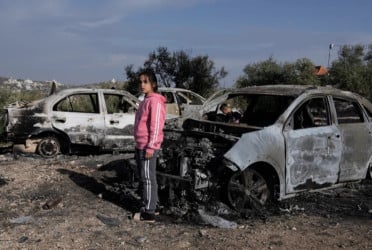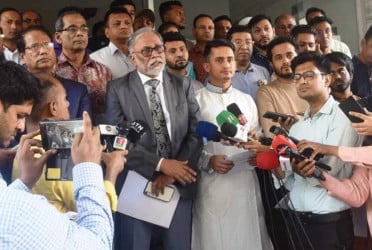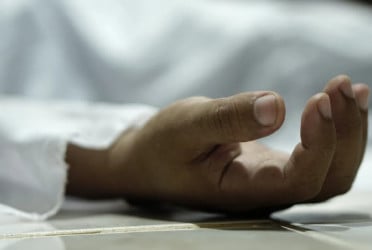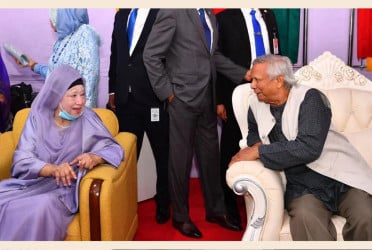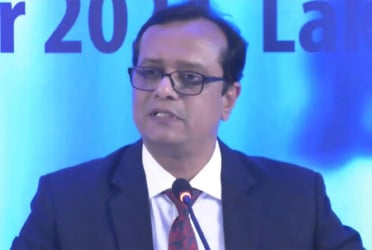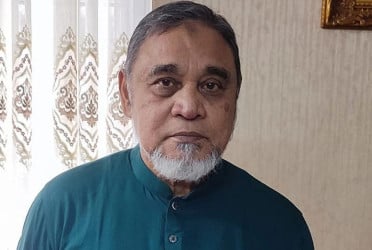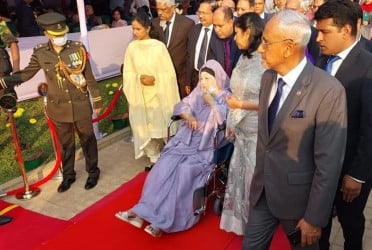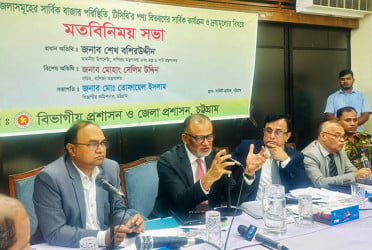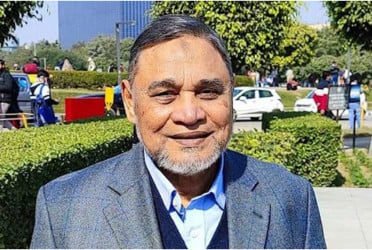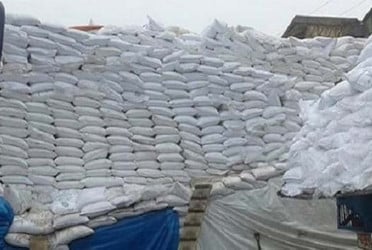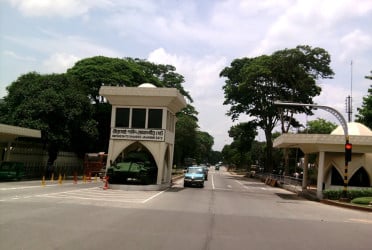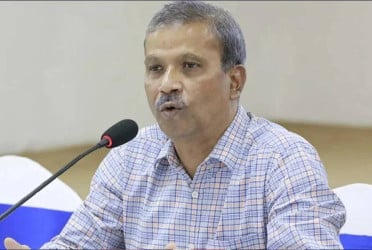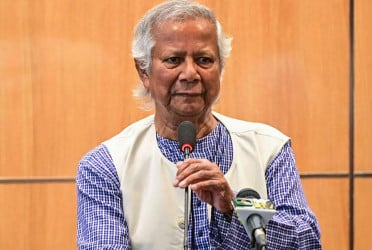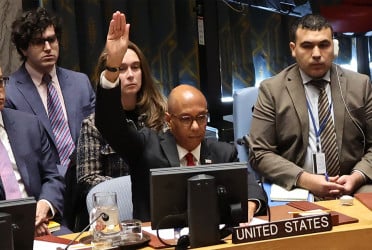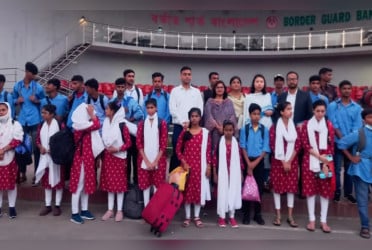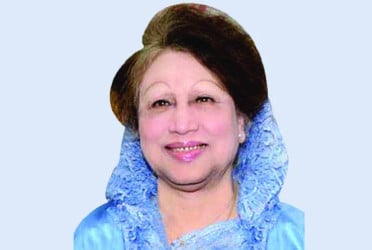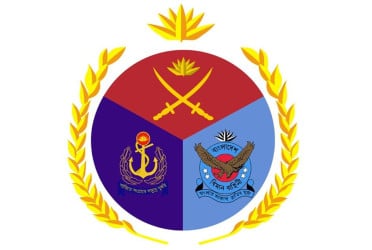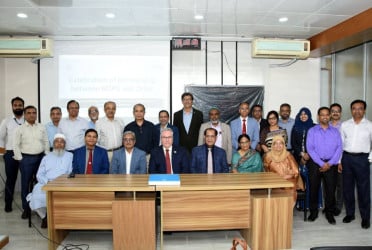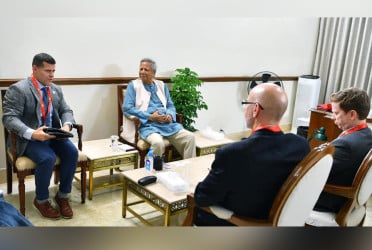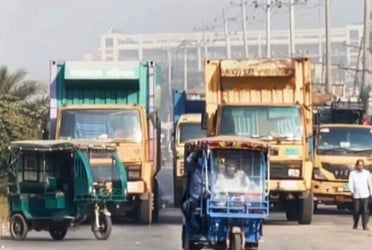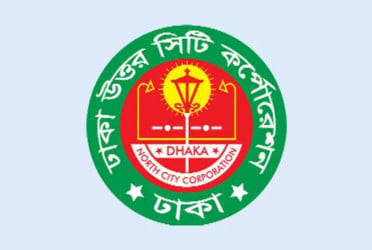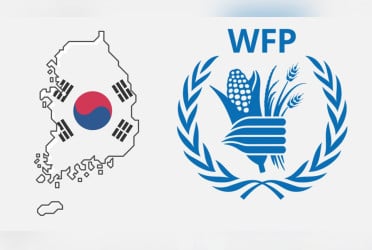Dhaka is the center point where almost all the reputed public and private universities and colleges, English and Bengal medium schools, public and private specialized hospitals in the country are located. Other districts of the country have educational institutions and hospitals, but due to lack of standard and quality in them, people have been rushing to Dhaka more and more than ever before. The city has become the center point that can fulfill the demands of the people from different parts of the country. Hence, pressure of accommodation and services are mounting over the capital.
According to the data of the Bureau of Statistics, the total population of the two city corporations of Dhaka is 1, 02, 95, 786. Among them, the population of Dhaka North City Corporation (DNCC) is 59, 90, 723, and the population of Dhaka South City Corporation (DSCC) is 43, 05, 063. However, according to the data of the two city corporations of Dhaka, the actual population is around 1,75,00,000. Out of this, 1,02,00,000 lives in Dhaka South, and Dhaka North City has a population of 55,50,000. And in terms of population density, 63 percent of the area has more than 300 people per acre. This capital city is becoming unmanageable under the pressure of huge population. Besides, government schools, colleges, universities, hospitals are all being built around the metropolis. People are rushing to Dhaka for these reasons.
People rush to Dhaka for quality education: According to the information of government, even in the 90’s the results of public examinations were best in the educational institutions of various districts. However, this situation has been altered and the maximum number of reputed educational institutions is located in Dhaka. For the admission of higher studies, innumerable students compete almost in a battle to secure seat in their preferred institutions. According to the information of Bangladesh Education information and Statistics Bureau (Banbeis), around 20 lakh students live in the capital for the purpose of taking higher education. In addition, to admit the children in renowned English and Bengali medium schools, many families have become the permanent residents of Dhaka. Among the 142 registered English medium schools, 76 are located in Dhaka. Furthermore, among the 46 public universities in the country 10 are located in it. For private universities, the number is 55 among 113.
Millions of people are living in Dhaka to educate their children in these educational institutions. At the same time, students are rushing in from outside Dhaka to study in various prestigious colleges, medical colleges, law colleges, technical educational institutions, nursing institutes and technology training centers affiliated to the National University. Tens of thousands of young people are flocking to Dhaka for jobs and university admission coaching in numerous coaching centers. Teachers, officers and employees working in these institutions are now permanent residents of the capital.
Dependency on Dhaka for better treatment increases: Specialized hospitals for the treatment of heart disease, diabetes, orthopedic problems, cancer, chest diseases have been cropped up in Dhaka. Hence, people from across the country are rushing to these hospitals for proper and better treatment. In Dhaka Medical College Hospital, around 4,000 patients take treatment each day, most of whom come from outside Dhaka. Patients are also being sent to Dhaka from other district and divisional hospitals. According to the information of directorate of health, 4 out of 37 government medical colleges and 31 out of 72 private medical colleges are in Dhaka city. Apart from this, 14 out of 18 government specialized hospitals and institutes are in Dhaka. Along with patients, students from all over the country are coming to study in these medical colleges. At the same time, all five-star private hospitals have been built in Dhaka. Millions of people are entering Dhaka for receiving medical services and hospital-based employment.
According to the experts, everything in Bangladesh is centered on the capital, especially education and medical system. In the initial stage of the education system, some students study at the district level, but after secondary school, almost all of them want to go to Dhaka to study in college or university, as all the standard educational institutions are in it. In addition, the upper and upper middle class families enroll their children in English medium and standard Bengali medium educational institutions in the primary stage. On the other hand, because standard medical system and specialized hospitals are not developed upazila, district and divisional level, everyone is coming to Dhaka for taking services. Everyone is coming to Dhaka due to lack of quality medical and education environment outside it. This is putting pressure on Dhaka. When asked, professor of urban area and planning department of Jahangirnagar University, Dr. Adil Mohammad Khan told The Bangladesh Pratidin, “Our state system is built in such a way that everything is Dhaka-centric. Basically, people come to Dhaka for three reasons: For education, treatment or income. Among the educational institutions, public and private universities and colleges and good quality English and Bengali mediums schools have been developed in Dhaka. Children are getting admission in these institutions as they are expensive but of good quality. The same is true in the field of treatment. Everyone is coming to Dhaka to get medical services as it is not standard outside of it. And the policy makers are not very interested in building good quality educational institutions and hospitals in local areas. Hence, these people are rushing towards Dhaka.”
He also said the decentralization should be done to reduce the pressure on Dhaka. And this initiative should be taken by the government. Among these, specialized hospitals should be built at the division and district level. At the same time, doctors of suitable quality should also be sent to these hospitals. Then, the people of that division or district won’t come to Dhaka for receiving services. And the same should be done in the case of educational institutions.
(The report was published on print and online versions of The Bangladesh Pratidin on December 5 and rewritten in English by Lutful Hoque)

